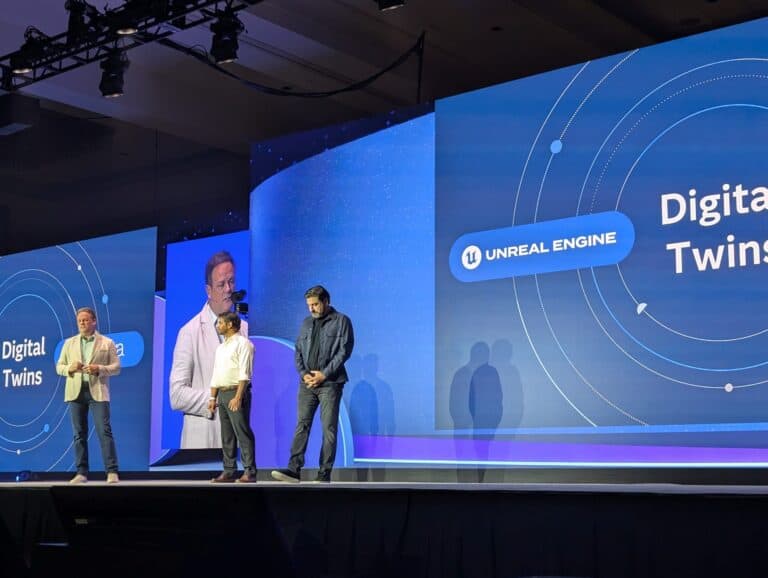SAS is expanding its digital twin technology by combining AI analytics with the photorealistic visualizations of Epic Games’ Unreal Engine. This allows manufacturers to simulate and optimize processes before implementing them in the real world. This combination makes complex factory data more accessible and enables companies to operate more efficiently.
In today’s industrial environment, factories generate enormous amounts of data from thousands of sensors and systems. By leveraging this data with SAS technology and Unreal Engine, manufacturers such as Georgia-Pacific (GP) can test different strategies in simulated environments before applying them in practice.
GP manufactures paper and wood products and is currently testing the technology at its Savannah River Mill location, where napkins and toilet paper are produced. The company uses the SAS solution to optimize automated guided vehicles (AGVs) and other processes.
Realistic factory visualizations
“With the help of SAS and Unreal Engine, we can create realistic simulations of factory operations. Imagine watching AGVs navigate through a bustling factory floor, reacting to proximity alerts, obstacles and rare adverse events in real time,” said Roshan Shah, vice president of AI & Products at GP. The technology helps the company make decisions without disrupting production.
SAS used RealityScan, an Epic mobile app, to create photorealistic renderings of GP’s Savannah factory and import them into Unreal Engine. The pilot should lead to cost savings and higher-quality products without disrupting production lines during optimizations.
The technology behind digital twins
The SAS Viya platform converts large amounts of factory operations and sensors data into actionable insights. An important part of this is the link between Unreal Engine simulations and Viya optimization routines. This allows users to run realistic simulations to find the best solutions without testing them in the real world, which is often time-consuming and expensive.
“With SAS’ advanced analytics and Unreal Engine, GP created an amazing example for how a digital twin can create real-world value for businesses,” said Bill Clifford, Vice President of Unreal Engine at Epic Games. He believes the combination of technologies makes it possible to bring complex data and automated systems to life through 3D visualizations.
Unreal Engine offers detailed physics simulation and advanced lighting effects. This helps create highly accurate digital models that manufacturers can use to interact with their operations in a digital environment.
Beyond the factory floor
The improved digital twins make advanced analytics more accessible to different employees. In addition to data scientists and quantitative experts, operational staff, machine operators, and engineers can now more easily use data and AI.
SAS plans to extend these capabilities to more manufacturers and other industries. For example, these technologies can improve hospital operations in healthcare by simulating patient flows and predicting equipment maintenance. For urban planning, they can help develop smart cities by modeling and optimizing more sustainable and livable urban environments.
